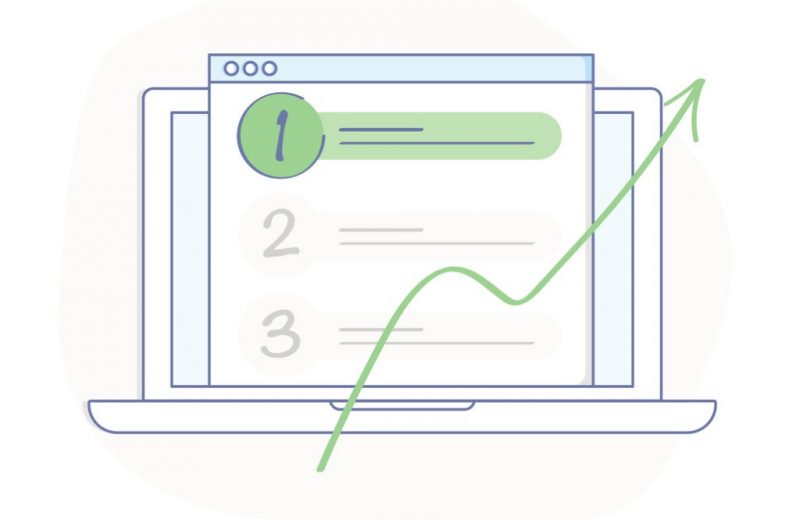Written by Dionne Alaveras, News Xtend
We have all heard how crucial driving traffic to your website is and we understand people reading are probably thinking ‘but how does this affect my bottom line?’
You invest dollars into marketing and you want to see that bottom line shift and you are probably thinking traffic does not make this shift at all.
This is where you are wrong.
The traffic to your website is essential for that bottom line to eventually move.
How? Because 88% of consumers research a brand by travelling to their website before converting.
It is the step before, if you will.
You want conversions, you need to nurture your customers there and you do this with traffic to your website. It’s that ‘consideration piece’ you have heard us talking about.
This is where SEO comes in.
Search. Engine. Optimisation.
SEO is all about optimising your website so that it appears more predominantly on a Search Engine Results Page (SERP).
Whilst users are jumping onto Google and entering keywords to research, studies also show that the average user only looks at the top 5 results of a search.
So let’s back it up here. Traffic to your website is integral for people to consider your business then later on converting. Those who are researching, are only going to the websites that appear in the top 5 results.
In short, you need to get your page ranked in that top 5.
SEO allows this to happen.
With our 3 tips for SEO, you can start creating content that is relevant to your audience, develop trust and consideration for your brand and lastly, improve your SERP rank.
Before we dive into our tips, some housekeeping.
Ensure your page speed is quick, your website experience is seamless and it is mobile friendly. Why? Find out more here.
# Tip 1 – Figure out the Key Keywords
Discover what your audience is searching. How else are you going to embed these keywords if you don’t know what they are?
Why in bed the keywords? Because once these keywords are entered in a search engine, Google will present the content that best aligns with these keywords.
Call upon Google Adwords’ Keyword Planner and Google Trends to decipher which keywords you should utilise.
# Tip 2 – Beating the Competition
Strategise ways to get your business on the map. Bear in mind, huge companies who have been dominating the space would own rank over shorter keywords.
Ikea for example, would probably dominate the rankings when a user types in ‘Furniture’.
Smaller businesses simply just can’t compete with that. So don’t.
Utilise bigger, longer, more specific keywords. E.g ‘Cheap, oak wood, outdoor table’.
Find a strategy and then create ripping content that relates to your audience off the back of these specific keywords.
#3 – Implement like a Boss
You know which keywords to use, you have defined your strategy and you have created your killer content that aligns with these, all that is left to do is to incorporate them.
Where do you do this? See our list below.
Header (h1 Tag)
Subheaders
First 100 words
Image alt tags
Meta description
Title tag
There you have it. Our beginner’s guide to not only understanding why you should be driving traffic to your page, but how to optimise your content to get a better SERP ranking to improve this traffic.
See, it wasn’t that hard….
To find out more on how News Xtend can help your business with Digital Marketing, get in touch on 1300 935 848 or newsxtend.com.au/nra-partnership.


